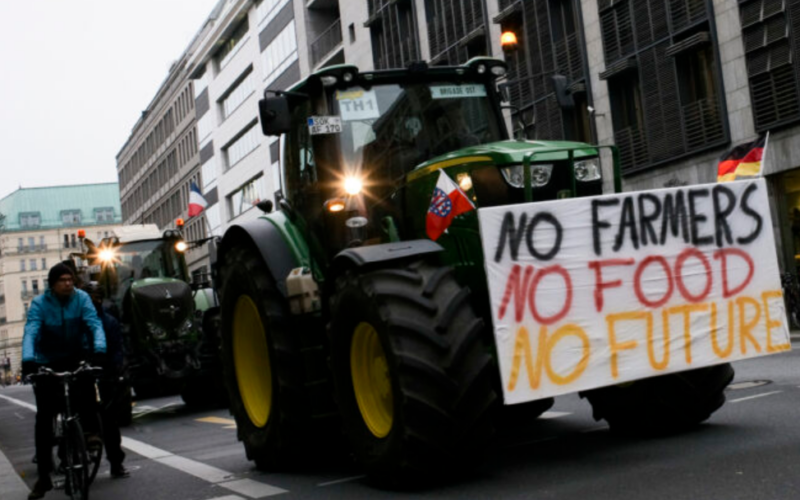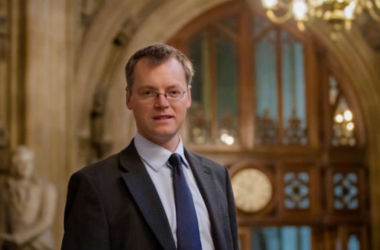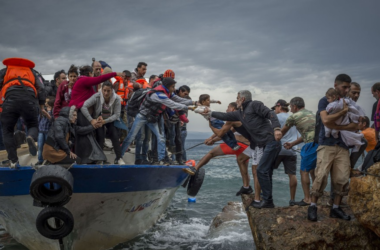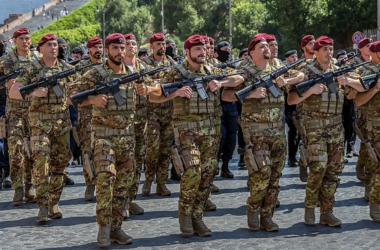As Germany grapples with widespread farmers’ protests against subsidy cuts, concerns are rising over the infiltration of extremist ideologies into the agricultural movement. The demonstrations, primarily driven by anger over proposed subsidy reductions and longstanding grievances within the farming community, have witnessed the presence of far-right groups at rallies. While the majority of farmers and agricultural unions aim to distance themselves from extremism, the movement’s online and offline landscape reveals a complex dynamic involving far-right elements.
The ongoing farmers’ protests, marked by road blockades and demonstrations, have become a battleground for various political narratives. Far-right groups, including the Free Saxons, The Third Way, and The Homeland, have made appearances at rallies, sparking concerns about their influence. Telegram channels associated with these groups reflect fervent posts, expressing hopes for a mass resistance capable of “dismantling” the government.
Chancellor Olaf Scholz has issued warnings about the influence of extremists, asserting that social media is being exploited to “poison” democratic debate. Despite the chancellor’s cautionary remarks, reports indicate the persistence of far-right imagery at protests. The use of symbols associated with neo-Nazi or monarchist ideologies raises questions about the potential radicalization within the farmers’ movement.
Instances of individuals allegedly wearing symbols linked to far-right movements, such as the Reichsbürger, have been reported at official protests. In Cottbus, a man was sent away for sporting a symbol associated with a disparate far-right movement that rejects the modern German state. Additionally, the appearance of a flag connected to an antisemitic agricultural movement from the 1920s has raised concerns about the appropriation of historical symbols.
While the protests primarily focus on opposing subsidy cuts and addressing agricultural grievances, a notable undercurrent involves grievances related to broader issues like globalization and the perceived neglect of domestic interests. The sentiment of “Germany first” resonates among some participants, reflecting concerns about funds being directed abroad rather than supporting local farmers. Such narratives, though not explicitly aligned with far-right ideologies, echo sentiments often associated with extremist movements.
The far-right Alternative for Germany (AfD) party has seized the opportunity to align itself with the farmers’ cause, despite previous positions advocating for reduced agricultural subsidies. AfD figures have been present at demonstrations, and the party is currently surging in the polls. While not all participants in the protests endorse the AfD, the “Germany First” narrative prevalent at the rallies aligns with the party’s messaging.
Chancellor Scholz, addressing the farmers’ concerns, emphasizes that the government takes their arguments seriously. The ruling coalition has offered compromises by partially scaling back initial subsidy cut proposals. However, discontent persists, and far-right groups seek to leverage the protests to advance their broader agendas.
Germany’s farmers’ protests, initially rooted in agricultural grievances, have become a battleground for various political ideologies. While the majority of participants focus on specific issues like subsidy cuts and regulations, the infiltration of far-right elements poses a challenge to the movement’s integrity. As the political landscape evolves, the government faces the task of addressing farmers’ concerns while preventing the co-optation of the protests by extremist forces.








